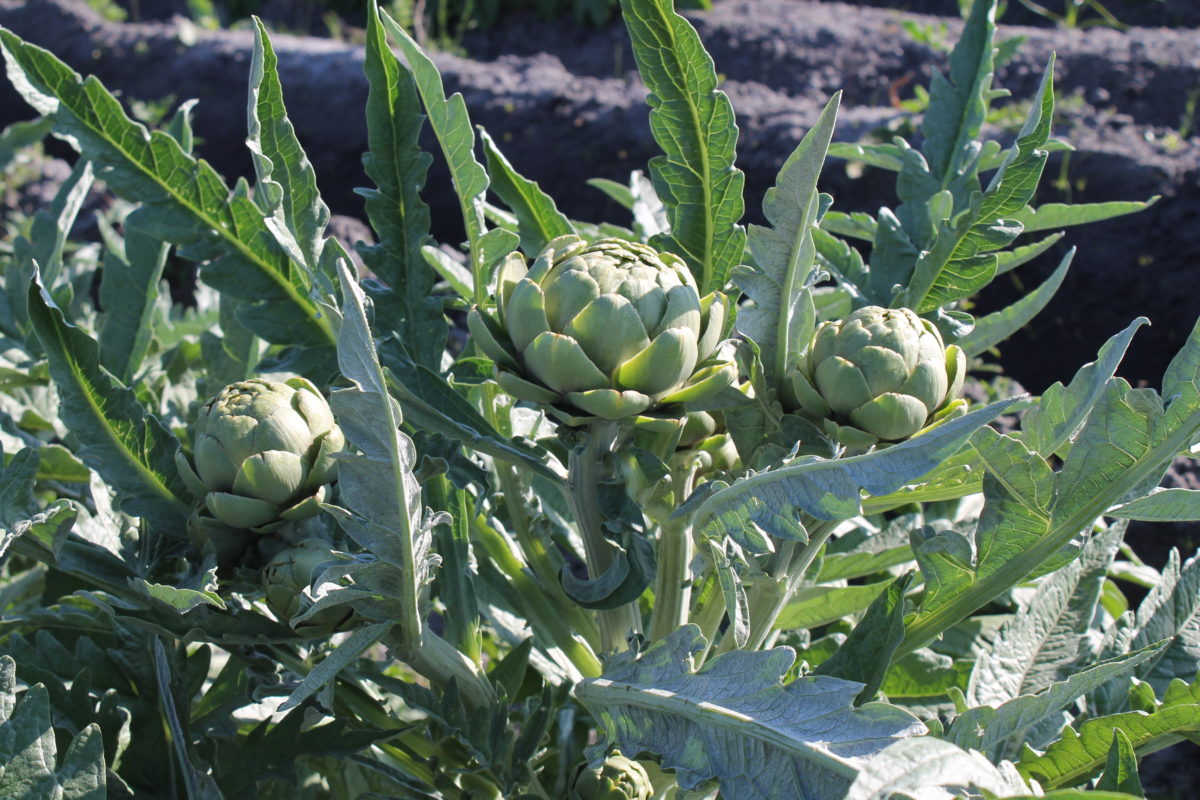By Ali Sarkhosh Brown rot, caused by Monilinia spp., is one of the most economically harmful fungal diseases for peach and other stone fruit growers worldwide. Four Monilinia species have been found to cause brown rot. M. fructigena and M. laxa are two of the most common species found in Europe. Monilinia polystroma, an anamorphic species closely related to M. …
Sneak Peek: March 2020 VSCNews Magazine
Weeds have always been a menace to growers. The March issue of VSCNews magazine will give growers tips on how to best manage these nuisances. Two articles in the March issue offer ideas for organic weed control. In the Organic Corner column, Parmeshwor Aryal, a postdoctoral associate, and Carlene A. Chase, an associate professor, both in the Horticultural Sciences Department …
Tomato Fertilization Recommendations for Florida
By Phillip Williams Tomatoes are grown statewide in Florida in a diverse manner depending on the region of the state. Sandy soils make up the dominant soil type for tomato production in Florida. Sandy soils are prone to leaching mobile nutrients such as nitrogen, potassium and even phosphorus by heavy rain or excessive irrigation. Therefore, sandy soils must be managed …
Entomologist to Present History of Vegetable Pests
(UF/IFAS) — About the time Hugh Smith was a graduate student in entomology and nematology at the University of Florida, his academic department was housed on the top floor of McCarty Hall in Gainesville. Steinmetz Hall, the department’s current location, was a construction site. Now, about 30 years later, Smith is a vegetable entomologist for the University of Florida Institute …
Advantages of Compact Beds
By Ernie Neff The benefits of compact bed plasticulture for vegetable growing were discussed at a grower meeting Feb. 4 in Immokalee. Some of the information was presented by Sanjay Shukla, an agricultural engineer with the University of Florida Institute of Food and Agricultural Sciences (UF/IFAS) Southwest Florida Research and Education Center. Compact beds, at 16 to 24 inches wide …
Industrial Hemp Pilot Project Continues to Take Root
(UF/IFAS) — Since the Florida State legislature authorized Industrial Hemp Pilot Projects for land grant institutions in 2017, the goal at the University of Florida Institute of Food and Agricultural Sciences (UF/IFAS) has been to seek scientific answers that will help growers and investors decide whether to take a chance on hemp and how to do that well informed. At the …
Managing Black Rot in Cabbage
By Ashley Robinson Florida’s warm and wet climate can create the optimal environment for a multitude of cabbage diseases. Black rot is caused by the bacterium Xanthomonas campestris pv. Campestris is a significant issue for Florida cabbage growers. Not only can this disease cause major losses, but once a field is infected, it is difficult to get rid of the disease. “Black rot …
Rising to the Challenges of Florida Farming
Problem-solving skills and a thirst for knowledge allow Chuck Obern to run a thriving vegetable farm. By Kendal Norris To be successful in farming requires a good deal of stamina, flexibility and determination, along with a love of the art of growing things. Charles “Chuck” Obern, owner of C&B Farms, Inc., embodies all these qualities. He is also curious, with …
Soil Health Matters! A Tale of 2 Florida Citrus Groves
A look at different approaches that have brought orange plantings back from the brink.
Research Underway for Florida Artichoke Production
By Ashley Robinson Despite California producing 99 percent of commercially grown artichokes in the United States, researchers at the University of Florida are hoping to profitably produce the antioxidant-rich superfood in the Sunshine State. Artichokes flourish in a cool environment and generally require 250 to 500 cumulative hours below 50 degrees for bud formation. Therefore, bud formation must be artificially …










